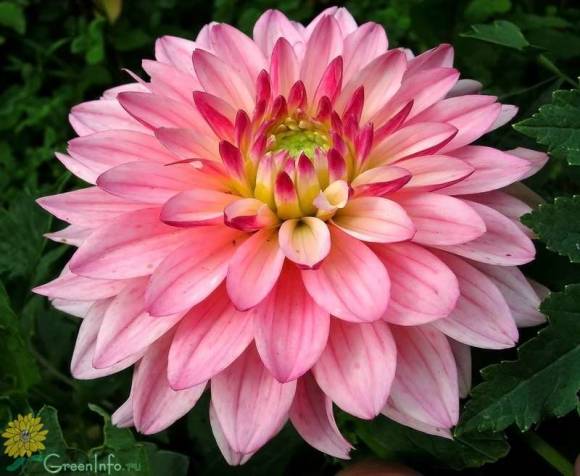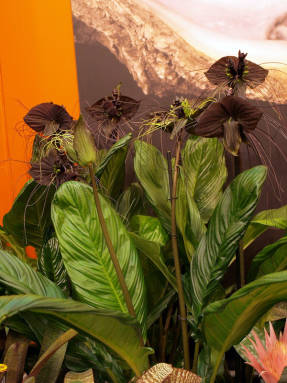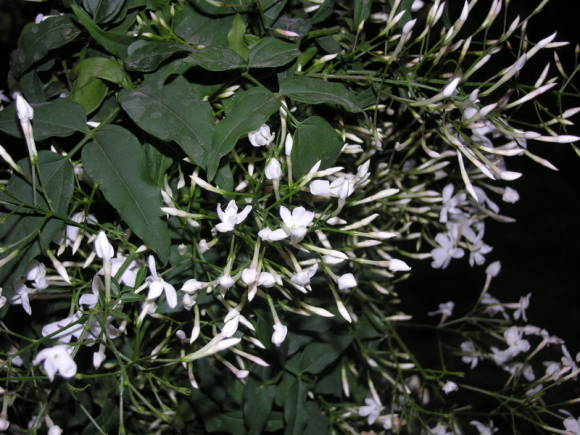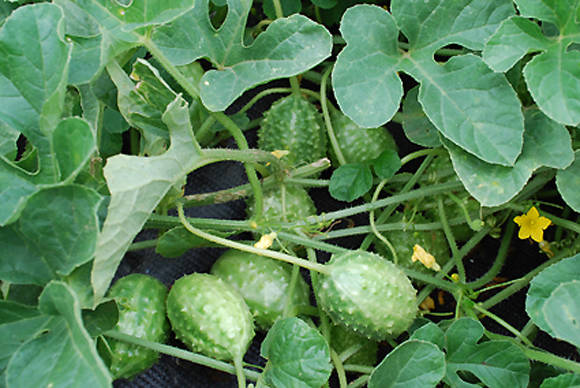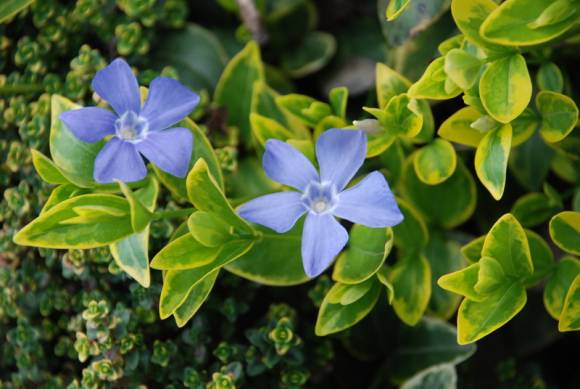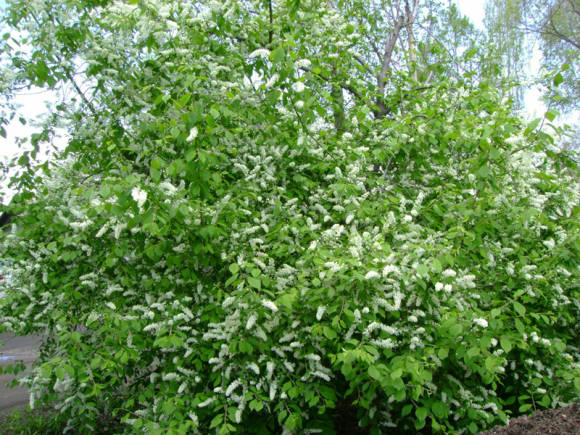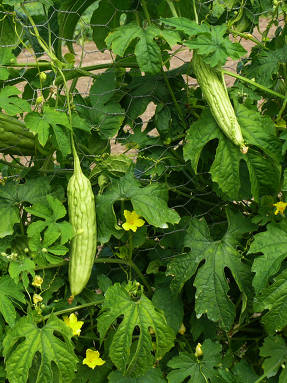For a long time, only a few knew about cyanosis, but among connoisseurs, its healing properties were highly valued. It turns out that the calming effect of cyanosis is 7–8 times stronger than that of the famous valerian and motherwort.
This perennial plant with bright blue flowers is found in forest clearings and edges among shrubs, in damp meadows and near rivers. The plant blooms in June – July, the seeds ripen in August – September.

Cyanosis blue, or azure (Polemonium caeruleum) - a very unpretentious perennial herb of the cyanotic family (Polemoniaceae), with a thick creeping rhizome and numerous thin roots extending from it. Single stems of cyanosis - from 50 to 130 cm in height, erect, hollow, branched in the upper part. The lower leaves of cyanosis are on long petioles, the upper ones are almost sessile.
Delicate blue or bluish-lilac flowers, up to 1.5 cm in diameter, are collected at the end of the stem in very beautiful inflorescences that have a pleasant aroma and are melliferous. Cyanosis blooms in July and blooms for 40–45 days, the seeds ripen in August-September.
Reproduction and care

Cyanosis is very hygrophilous, especially in the initial period of development, therefore, for its cultivation on the site, it is necessary to select lowered places with shallow groundwater. It has a high winter hardiness.
When growing cyanosis in a garden plot, its seeds are sown in spring or autumn immediately after collecting seeds to a depth of about 2 cm. Podwinter sowing should be carried out at a stable daytime temperature of + 2 + 3 ° C. With podzimny sowing, earlier and more friendly seedlings of plants are obtained, which develop slowly in the first year. When sowing in spring, cyanosis seeds must be stratified within 1.5–2 months.
Reproduction of cyanosis is also possible by green cuttings cut from the tops of herbaceous shoots in early summer. These cuttings are planted in a shaded garden bed and watered abundantly.
In the first year, the plants form only a rosette of leaves. Young plants are very responsive to feeding with full mineral fertilizers. Plant care consists in weeding the plants regularly to a depth of 5–6 cm after watering. The soil must be loosened very carefully so as not to damage the root system of the plants.
In the spring, after overwintering the plants in the garden, all last year's plant residues are removed, the soil is loosened, the plants are fed with full mineral or organic fertilizer.
For better development of the root system during the period of mass stalking of plants, the aerial part must be cut off at a height of 25 cm from the soil level, as the shoots form, repeat this procedure. On seed plants, the stems are not cut.
Prescriptions for medicinal use

For medicinal purposes, in cyanosis, rhizomes with roots are used, which are dug out in the fall during the wilting of the aerial part of the plant. The roots are thoroughly cleaned from the ground, the stems and leaves are cut off and quickly washed in cold running water. Thick rhizomes are cut lengthwise if necessary. Outside, the rhizomes are grayish-brown, yellowish-white at the break.
The prepared roots of cyanosis are well dried in the open air and dried in a well-ventilated room or in an oven at a temperature of + 50 + 55 ° C. The finished raw material of cyanosis has a faint peculiar smell and a bitter taste.
Cyanosis blue has long been used in folk medicine for insomnia and epilepsy. Modern research has confirmed the healing power of the plant.
Cyanosis roots have the richest and very peculiar chemical composition. They are exceptionally rich in saponins (up to 20% or more), contain essential oils, organic acids, resins, etc.
Blue cyanosis is used in the form of aqueous infusions or a decoction as an expectorant for chronic and acute bronchitis, pneumonia, tuberculosis,to provide a sedative and analgesic effect for stomach ulcers and as a sedative for insomnia and various nervous and mental illnesses. In this respect, it is in no way weaker than the famous valerian root.
In acute and chronic bronchitis, pneumonia, take a decoction of blue cyanosis roots. For the preparation of a decoction 1 tbsp. a spoonful of chopped roots must be poured with 1 glass of boiling water, boil in a sealed container in a water bath for 20 minutes, insist at room temperature for 1.5-2 hours, drain. Take 1-2 tbsp. spoon 4-5 times a day 2 hours after meals.
For bronchospasm, many herbalists recommend a collection consisting of 3 hours of cyanosis root, 4 hours of chamomile flowers, 4 hours of mint leaves, 3 hours of licorice root, 2 hours of valerian root, 2 hours of motherwort herb, 2 hours of St. John's wort ... To prepare the infusion, you need 1 tbsp. pour a spoonful of the crushed mixture with 1 glass of boiling water, insist in a warm place for 1 hour, strain. Take 0.25 cup infusion 4 times a day after meals.
For long non-healing ulcers of the stomach and duodenum, a weak decoction of cyanosis herb is recommended. To prepare it, you need to pour 1 teaspoon of the herb with 1 glass of boiling water, cook in a sealed container over low heat for 30 minutes, strain. Take 1 tbsp. spoon 3 times a day 2 hours after meals for 3-4 weeks.
For the treatment of stomach ulcers, many herbalists often use cyanosis in combination with marshweed. To do this, 1.5 hours before meals, take a decoction of dried sushi (1.5 tablespoons per 1 glass of boiling water), 1 tbsp. spoon 3 times a day, and 2 hours after eating, drink a decoction of cyanosis roots (1 tbsp. spoon for 1 glass of boiling water). The course of treatment is 3 weeks.
With severe pain from duodenal or stomach ulcers, a collection consisting of 4 hours of rhizomes and roots of cyanosis, 4 hours of grass creeper grass, 1 hour of chamomile flowers is used. To prepare the infusion, you need 1 tbsp. pour a spoonful of collection with 1 glass of boiling water, insist, wrapped in a warm place for 3 hours, drain. Take 1 tbsp. spoon 3 times a day 20 minutes before meals.

The calming effect of cyanosis is several times superior to that of valerian. With neurasthenia and insomnia 1 tbsp. a spoonful of crushed roots is poured with one glass of boiling water, heated in a water bath for 30 minutes and taken 1 tbsp. spoon 3 times a day after meals.
For radiculitis, insomnia, increased nervous excitability for herbal baths, a collection is used, consisting of equal shares of blue blue grass, fennel fruits and chamomile flowers. To prepare the infusion, pour 15-18 tablespoons of the crushed mixture with 3 liters of boiling water, insist in a warm place for 2-3 hours, strain and pour into a bath with a water temperature of + 36 + 37 ° С. The duration of the bath is 15–20 minutes. The course of treatment is 10 baths every other day.
REMEMBER! Prepared preparations of cyanosis blue can increase blood clotting.
And the last thing. It makes no sense to keep cyanosis for more than two years to get roots. The fact is that in her, like in valerian, a further increase in the rhizome is due to a deterioration in its quality.

